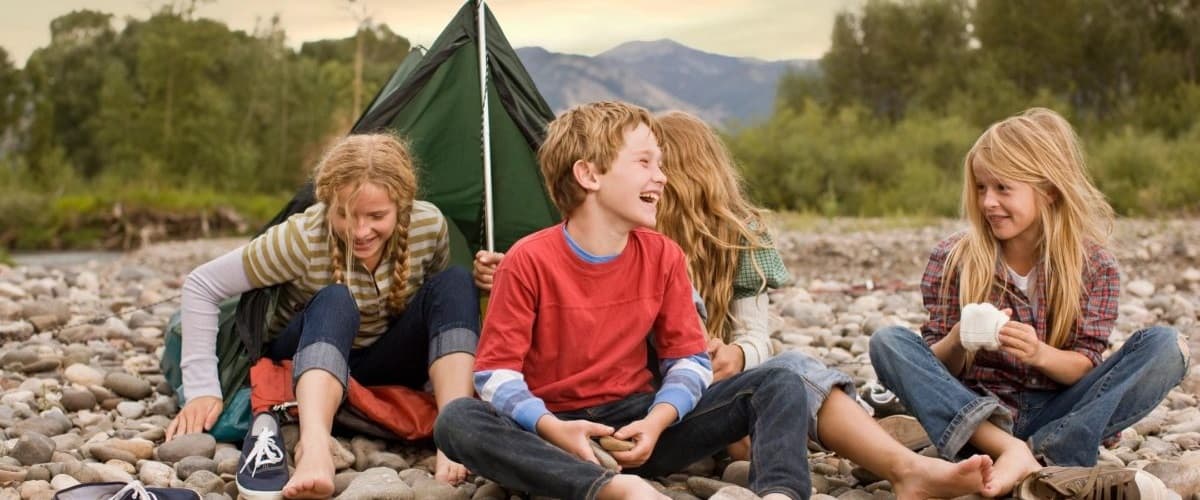Self-sufficiency is standard practice when it comes to prepping. And it’s something that can, and should, be passed down to your kids. Our children learn from us in all wakes of life, so don’t pass up on the opportunity to instill independent practices in them, too.
Sure, you could enlist them in the Boy Scouts or something of that nature. Those are a fantastic way to teach them various survival skills they can use in the wilderness. But they won’t teach you everything. That’s what you’re for. Here are five things you could start teaching your kids today.
1. Gardening
Tending to plants isn’t that difficult to grasp on a basic level. You plant a seed, water it, and it grows. Of course, it’s not that simple, but it’s a start for someone young.
Start it as a summer project, get some seasonal veggie seeds from the local store, and have your kids bury them in a planter or designated garden section. Make one of their daily chores to water and check on it. Odds are, they’ll get excited when it first sprouts and that excitement will bloom (puns aside) into a genuine interest in gardening.
As they get better at it, introduce them to different kinds of foods they can grow, teach them how seasons affect what’s available. Before you know it, they’ll be a green thumb before they graduate.
2. Fishing
More than just a source of food, fishing can help a youngster understand patience. Instant gratification is easy and quick to prefer, but if you rely on that, you won’t know the greater yield from playing a patient game. Praise them for successfully catching a fish, show them that fishing can be satisfying. Teach a kid to fish, and they learn to do wait for reward. Additionally, fishing is one of the easier methods of finding edible meat when finding food. Teach them sustainable fishing when you release small fish and keep the large ones.
3. Cooking
So now they can grow veggies, that’s a great start. Now they have access to a source of protein (fish). Next is learning to cook. Not “make some Kraft mac and cheese” cooking, but turning your raw supplies into something tasty and safe to eat.
A frying pan and some oil, and those potatoes they grew this summer could easily become french fries. Lettuce, eggs, carrots, cabbage, and onion could combine into a delicious salad with plenty of nutrients. I recommend checking out Supercook.com. It’s a website that lets you search by what ingredients you have available and suggests recipes. Limit the search to what they caught/grew, and you could find something that they made entirely from scratch.
4. Fire Building
They can get food, and cook it, so now you teach them to make the heat needed for cooking. To be fair, you really shouldn’t let kids play with fire. Which is why you should teach them proper fire procedure and safety. Once they understand to take fire seriously, you can teach them how to use it to their advantage. We recommend checking out our article on the five types of campfires and how to make them. This may be a task suited for the slightly older kids.
5. Sewing
This one doesn’t tie in with the others, but it’s an important skill all the same. There’s a stipulation that sewing is feminine or girly. Once you get past that idea and start to see the utilitarian advantages of sewing, you’ll find that you can fix a whole world of problems the average joe faces. Missing a button on a jacket? Sew it on. A tear in your jeans? patch it up.
Ripped tent? Get the needle. When you can sew, you can keep yourself properly protected from the harsh elements of the earth, or just keep your clothes together.
The next time their clothes rips, use it as an opportunity to teach them how to sew. If they’re younger, keep the sewing kit hidden away to prevent them from hurting themselves on the needle when you’re not around, and gift them their own kit when they’re older.

